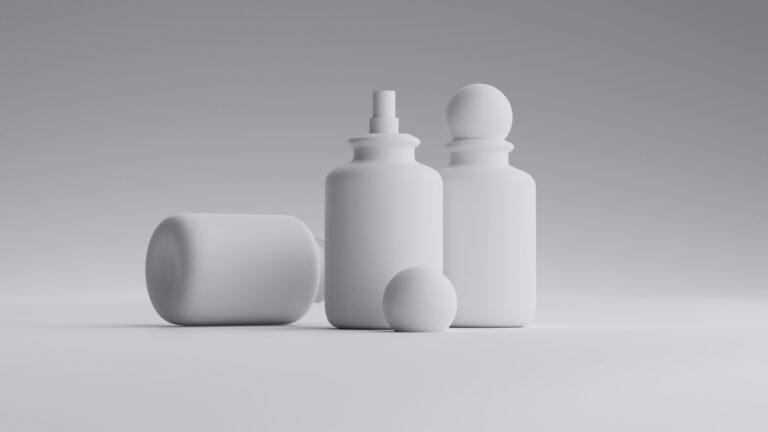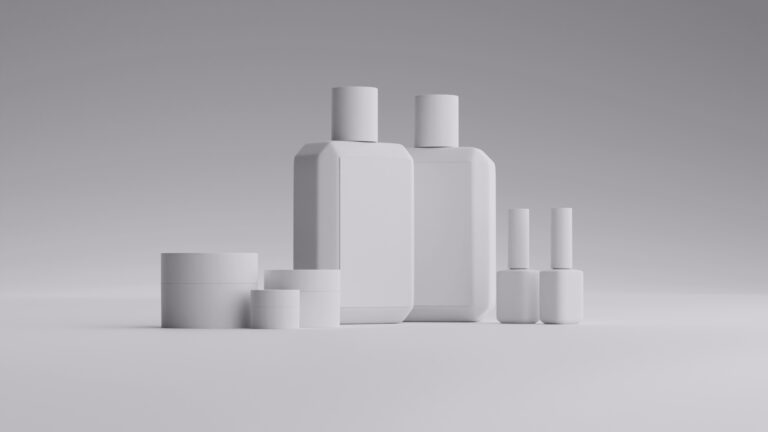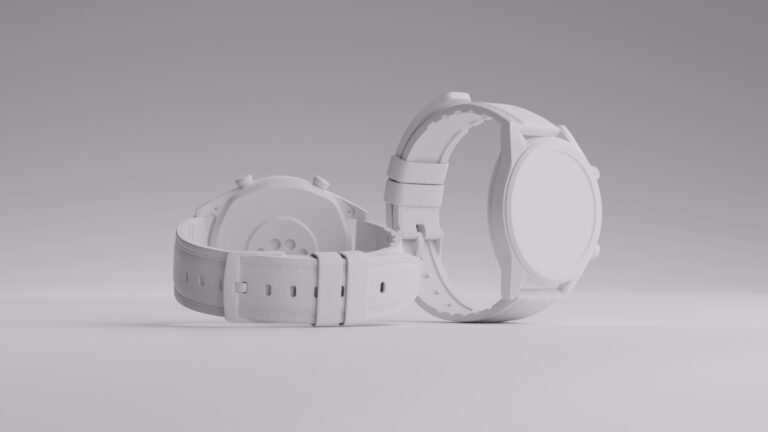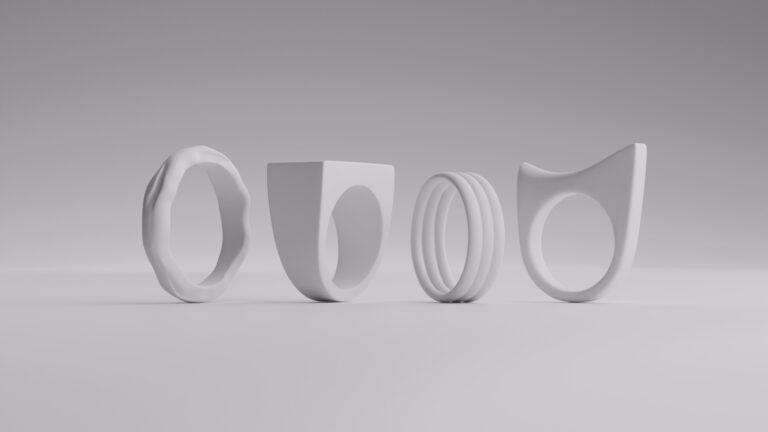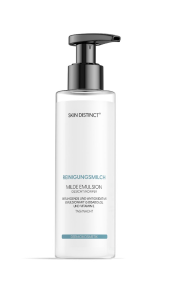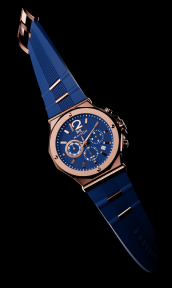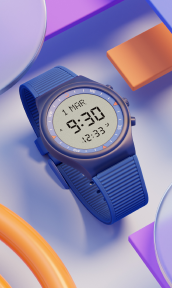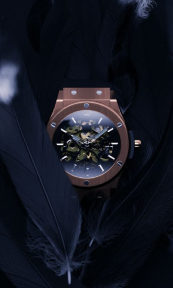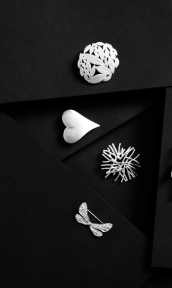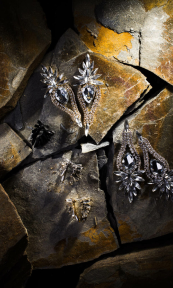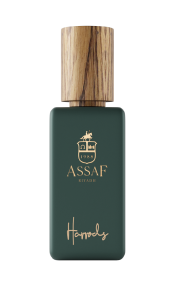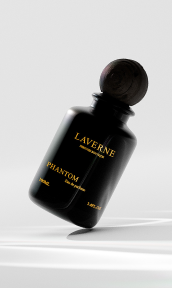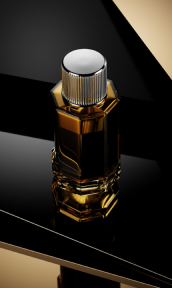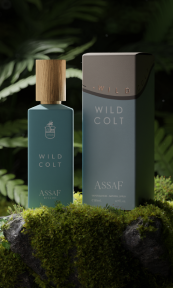As technology continues to evolve, businesses face an important decision when it comes to showcasing their products: should they stick with traditional product photography or embrace the emerging world of 3D product rendering? Each method brings its own set of advantages and challenges to the table, and understanding these differences is key to making an informed decision for your business.
The choice between 3D rendering and traditional photography isn’t just about creating beautiful images – it’s about finding the most efficient and effective way to present your products to potential customers. Whether you’re running a small e-commerce store or managing a large product catalog, the method you choose can significantly impact your bottom line, workflow efficiency, and ability to adapt to market changes. Let’s dive deep into both approaches and explore how they stack up against each other in various aspects of product visualization.
Traditional product photography: the art of authenticity

Traditional product photography has been the cornerstone of commercial imagery for decades, relying on skilled photographers, sophisticated equipment, and real physical products to create compelling visual content. This method has evolved significantly with advances in camera technology and lighting techniques, yet its fundamental approach remains unchanged: capturing real products in real environments.
Pros of traditional photography
The authenticity of traditional photography is unmatched when it comes to capturing the natural properties of materials and textures. High-end fashion brands often prefer this method because it perfectly captures the way fabric drapes and moves, creating an emotional connection with viewers. The tangible nature of traditional photography also helps build trust with customers, as they see exactly what they’ll receive.
Professional photographers bring years of experience and artistic vision to each shoot. Their expertise in composition, lighting, and post-processing helps create images that tell a story and evoke specific emotions. For instance, luxury watch brands often use traditional photography to capture the subtle play of light on metal surfaces and the intricate details of their timepieces.
The human element in traditional photography adds an invaluable layer of creativity and spontaneity. Experienced photographers can spot and capture unexpected moments or angles that might be overlooked in a purely digital approach. This organic process often results in unique, one-of-a-kind images that can’t be replicated through digital means alone.
Cons of traditional photography
The limitations of traditional photography become apparent when considering the logistics and resources required. Each photoshoot demands extensive preparation, including location scouting, prop sourcing, and coordinating with multiple team members. This complex orchestration can lead to extended timelines and higher costs, especially when multiple product variations need to be photographed.
Weather dependency and lighting consistency can pose significant challenges for outdoor or location shoots. Even in controlled studio environments, maintaining perfect consistency across multiple sessions can be difficult, potentially leading to variations in product presentation that might affect brand consistency.
The need for physical samples presents another significant hurdle. For businesses launching new products or working with prototypes, waiting for production samples to complete a photoshoot can delay marketing efforts and time-to-market. Additionally, any product modifications or updates would require new photoshoots, adding to the overall cost and time investment.
3D product rendering: embracing digital innovation

3D product rendering represents the cutting edge of product visualization, offering unprecedented flexibility and control over the final image. This technology allows businesses to create photorealistic product images without the need for physical samples or elaborate photo shoots, fundamentally changing how products can be presented in the digital age.
Pros of 3D rendering
The cost-effectiveness of 3D rendering becomes apparent when dealing with large product catalogs or frequent updates. Once a 3D model is created, generating new images with different colors, materials, or backgrounds becomes a matter of minutes rather than days. A furniture manufacturer, for example, can easily showcase the same sofa in multiple fabric options without the need for multiple physical products or extended photo sessions.
Creative control reaches new heights with 3D rendering, as artists can perfect every aspect of the image, from lighting angles to surface materials, ensuring consistent brand representation across all products. This level of control is particularly valuable for technical products where specific features need to be highlighted, or for creating images that would be impossible or extremely costly to achieve through traditional photography.
The scalability of 3D rendering provides a significant advantage for businesses with international markets. The same 3D model can be used to create images tailored to different cultural preferences or regional marketing campaigns, all while maintaining perfect consistency in product representation. This flexibility extends to seasonal campaigns and special promotions, where environments and contexts can be easily modified.
Cons of 3D rendering
The initial investment in 3D modeling and rendering technology can be substantial, requiring specialized software and skilled artists. The learning curve for creating high-quality 3D renders is steep, and building an in-house team with the necessary expertise requires significant time and resources.
Achieving perfect photorealism, particularly for certain materials and textures, can be challenging and time-consuming. Materials like fabric, leather, and certain metals require advanced rendering techniques and careful attention to detail to avoid an artificial appearance. This complexity can sometimes lead to longer production times for initial model creation.
The technology dependence of 3D rendering means staying current with software updates and hardware requirements, which can add to operational costs. Additionally, the digital nature of the process might not capture the spontaneous, organic qualities that sometimes emerge during traditional photo shoots.
The future of product visualization: why CGI leads the way

The evolution of product visualization is clearly heading toward CGI (Computer Generated Imagery), and for good reason. This innovative approach combines the best aspects of traditional photography with the limitless possibilities of digital technology.
Working with professional CGI artists gives you complete creative control over your product presentation. Every aspect of the image can be fine-tuned to perfection, from the angle and lighting to the environment and mood. This level of control ensures your products are always shown in the best possible light, literally and figuratively.
The visual quality achieved through modern CGI is virtually indistinguishable from traditional photography. Advanced rendering technologies can accurately simulate real-world physics, creating images that look completely natural while maintaining the flexibility to make adjustments at any time. A professional CGI team can create stunning visuals that match or exceed the quality of traditional photography, often at a fraction of the time and cost.
The cost-effectiveness of CGI becomes even more apparent as your business grows. While the initial investment in 3D modeling might be comparable to a traditional photo shoot, the long-term savings are substantial. You can easily create multiple variations, angles, and environments without additional shooting costs.
Wrapping up
The choice between 3D rendering and traditional photography ultimately depends on your specific needs, but the trend is clear: CGI is becoming the preferred choice for forward-thinking businesses. Its combination of flexibility, cost-effectiveness, and creative control makes it an increasingly attractive option for companies looking to stay competitive in the digital marketplace.
FAQ
Which method is more cost-effective in the long run?
3D rendering typically proves more cost-effective over time, especially for businesses with large product catalogs or frequent updates. While the initial investment might be higher, the ability to make unlimited changes without new photoshoots provides significant long-term savings.
How long does it take to get the final images with each method?
Traditional photography usually requires several days to weeks for scheduling, shooting, and post-processing. 3D rendering can often deliver final images faster, especially for product variations, though the initial modeling time needs to be considered.
Can 3D rendering really match the quality of traditional photography?
Yes, modern 3D rendering technology can create photorealistic images that are virtually indistinguishable from traditional photography. In many cases, viewers cannot tell the difference between a well-rendered 3D image and a photograph.
What types of products are best suited for 3D rendering?
Products with multiple variations, technical products requiring detailed views, and items that need to be shown in various environments are ideal for 3D rendering. This includes furniture, electronics, automotive parts, and architectural products.
How easy is it to make changes to product images after they’re created?
With 3D rendering, changes can be made quickly and easily at any time. Traditional photography requires new photo shoots for significant changes, making it less flexible for updates and modifications.




